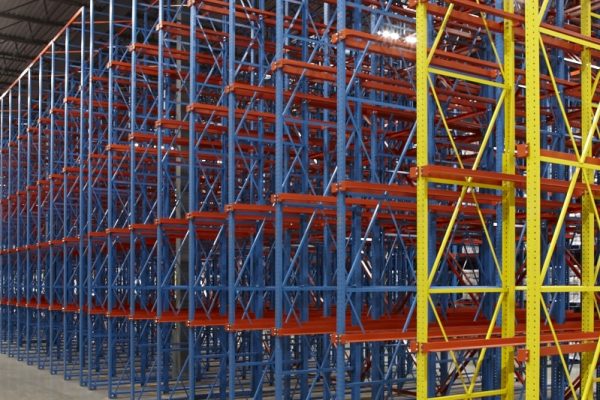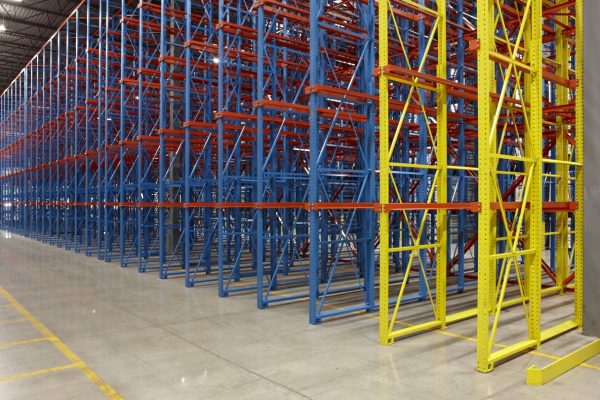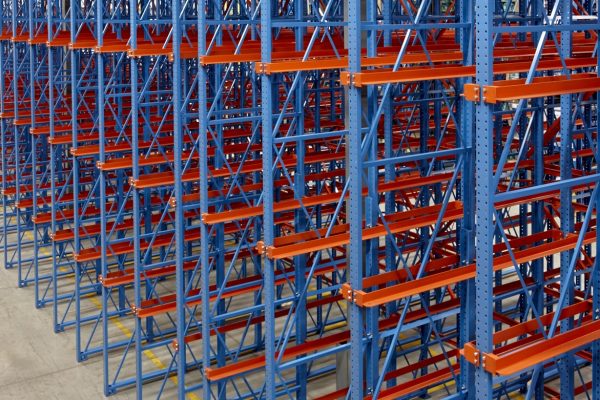Economical high density storage
Drive-in racking systems are ideal for warehouses storing large volumes of the same product. As the name suggests, drive-in racking systems are loaded by driving into a lane with multiple levels of storage. Drive-in can be configured in a variety of depths and heights to create a high-density solution.
Drive-in racks are best suited to small quantities of SKU that have large volumes of pallets, typically 50 or more. It is frequently used by firms that either receive or ship full truckloads of the same item.
Benefits of drive-in racking
High density storage
Providing the inventory levels permit, Drive-in Racking is one of the highest-density pallet racking systems - available at a relatively low cost when compared to other rack configurations.
Vertical use of the cube
For customers currently bulk stacking on the floor one or two levels high, Drive-in Rack allows you to use all the vertical space in your warehouse by adding additional levels. You may be able to double or triple the capacity of your space.
Customized construction
Drive-in racking can be constructed from roll-formed or structural steel to suit your unique needs. Roll-formed racking is generally more economical while structural racking provides more impact resistance and higher capacities.
Flexible configuration
There are few restrictions to Drive-in designs - it can go from 2 to 12 pallets deep, almost any number of levels high or be combined with other high density rack like Pushback.
Simple operation
Drive-in systems have been around for decades. Their ease of use and lack of moving parts have made them popular with companies that have high volumes of pallets per SKU.
Customize your drive-in system
Cantilever legs
To further maximize your racking configuration and access, “Cant-Leg” Drive in racking offers slanting recessed uprights in place of conventional vertical columns. This facilitates a safer entry and exit from the system for operators, while the powerful structure supports the tallest racks and heaviest loads.
Rub rails
Adding a bottom heavy duty horizontal and rub rails between frames helps ensure operators stay on track and reduces damage to the system. Rub rails can be part of the rack structure or be bolted independently to the floor to provide additional abuse resistance.







